- HOME
- ABOUT
- INFRA
- BUSINESS AREA
- KNOWLEDGE
- CSR
- Policy & Committe
- Activities
- Plantation Drive(Samba)
- Green Nation Clean Nation Plantation Drive
- Santosh Krishi Diwas
- 14 TH SENIOR ROLL BALL NATIONAL CHAMPIONSHIP
- Arm Wrestling Championship
- Clothes Distribution for Students
- Samuhik Vivah Bhiwadi
- Help him to Breathe
- WHEELCHAIR DISTRIBUTION KHUSHKHERA
- Girl's Adoption CSR
- Save Eyes Save Life
- CAREERS & HR
- NEWS
- CONTACT
- BLOG
QUESTIONS? CALL: 011-4507 1800

Stands for delivering best service and exceptional quality for crop protection.
Tel. (911) 45071800-899
Email: info@hpmindia.com
HPM Chemicals & Fertilizers Ltd.
209-210, Anupam Bhawan, Azadpur Commercial Complex Azadpur, Delhi-110033
TERMINATOR (Chloropyriphos 50% EC)
Benefits of TERMINATOR
- It is a powerful insecticide for controlling biting as well as sucking of insects.
- Versatile insecticide and termicide for agricultural and house hold pests.
- Terminator combines rapid initial action with a good long lasting residual effect.
- Triple action through contact, stomach and fumigation.
- Good soil application insecticide to control soil insects like termites, white grubs, and root grubs etc.
- Also used as a termicide in pre and post construction of buildings
TERMINATOR - Chloropyriphos 50 EC mode of action - Contact & Ingestion - Quick Knockdown Effect
TERMINATOR - Chloropyriphos 50 EC dosage - 300-320ml/acre
TERMINATOR - Chloropyriphos 50 EC price - Contact our representative for the Latest Prices
TERMINATOR - Chloropyriphos 50 EC trade name - TERMINATOR
HPM India is one of the best Chloropyriphos 50% EC manufacturers in India, Contact us now.

Terminator from HPM India
Chlorpyrifos Terminator

| Product Name |
: |
Chlorpyriphos | |||||
| Type of pesticides |
: |
Insecticide | |||||
| Chemical name |
: |
O,O-diethyl O-(3,5,6-trichloro-2-pyridinyl) phosphorothioate | |||||
| Formula |
: |
C9H11Cl3NO3PS |
|||||
| CAS no |
: |
[2921-88-2] | |||||
| UN no |
: |
2783 | |||||
| Packing group |
: |
III | |||||
| IMDG |
: |
CLASS: 6.1 [Organophosphorus pesticides, solid, toxic (Chlorpyriphos)] | |||||
| Shelf-life |
: |
Two years under normal storage conditions. | |||||
|
DESCRIPTION |
|||||||
| Chlorpyriphos is used around the world to control insects in agricultural, residential and commercial settings it is cholinesterase inhibitor. | |||||||
| Mode of action | |||||||
| Non- systemic insecticide with contact stomach and respiratory action. | |||||||
| Applications It is a powerful insecticide for controlling biting as well as sucking of insects. Versatile insecticide and termiticide for agricultural and house hold pests. combines rapid initial action with a good long lasting residual effect. Triple action through contact, stomach and fumigation. Good soil application insecticide to control soil insects like termites, white grubs, and root grubs etc. also used as a termicide in pre and post construction of buildings | |||||||
| Structure Formula |
: |

|
|||||
| Physical properties | |||||||
| Appearance |
: |
Crystalline solid, white to pale yellow. | |||||
| Chlorpyriphos content, percent by mass |
|
94.00 % Min. | |||||
| Acidity (as H2SO4) % by mass (max) |
: |
0.1 % Max. | |||||
| Water content, percent by mass, (max) |
: |
0.1 % Max. | |||||
| Material insoluble in acetone, percent by mass, (max) |
: |
0.5 % Max. | |||||
| Compatibility |
: |
Incompatible with alkaline materials. | |||||
| TOXICITY DATA | |||||||
| Mammalian Toxicity |
: |
WHO (a.i.) II; Moderately hazardous | |||||
| Environmental Toxicity |
: |
Chlorpyriphos is very toxic to many bird species such as grackles and pigeons, and it is moderately toxic to others such as mallard ducks. Mallard ducks fed Chlorpyriphos laid fewer eggs and raised fewer ducklings. The eggshells were thinner than normal, and many of the young ducklings died. Of all birds, robins are most often found dead following accidents involving Chlorpyriphos use. It is also very toxic to fish and aquatic invertebrates. It may build up in the tissues of fish and other animals that eat smaller animals. This is known as bioaccumulation. It is very toxic to bees. It can poison non-target insects for up to 24 hours after it is sprayed. can be toxic to earthworms for up to 2 weeks after it is applied to soil. | |||||
| Formulation |
: |
50% EC | |||||
| Trade name |
: |
TERMINATOR | |||||
| Packing detail |
: |
100ml, 250ml, 500ml, 1ltr, 5ltr | |||||
| Recommendations | |||||||
| Crop | Common name of the Pest | Dosage/acre(ml) | Dilutionin Water(Liter) | Waiting Period (Days) | |||
| Rice | Stem borer, Leaf roller | 300-320 | 200-400 | 15 | |||
| Cotton | Bollworms | 400-480 | 200-400 | 30 | |||
| Termite | Pre & Post construction Building | 0.50% | 1 litre formulation in 99 litre water | - | |||
| Name | Details |
|---|---|
| UID | HPM2000K049 |
| Brand Name | Terminator |
| Technical Name | Chlorpyrifos 50 % EC |
| Packing Details | 100 ML, 250 ML, 500 ML, 1 LTR, 5 LTR |
| Production Plant | HPM Khushkhera |
| Registration No | CIR-34,560/2001-Chlorpyriphos(EC)-1673 |
| Toxicity Symbol |  |







